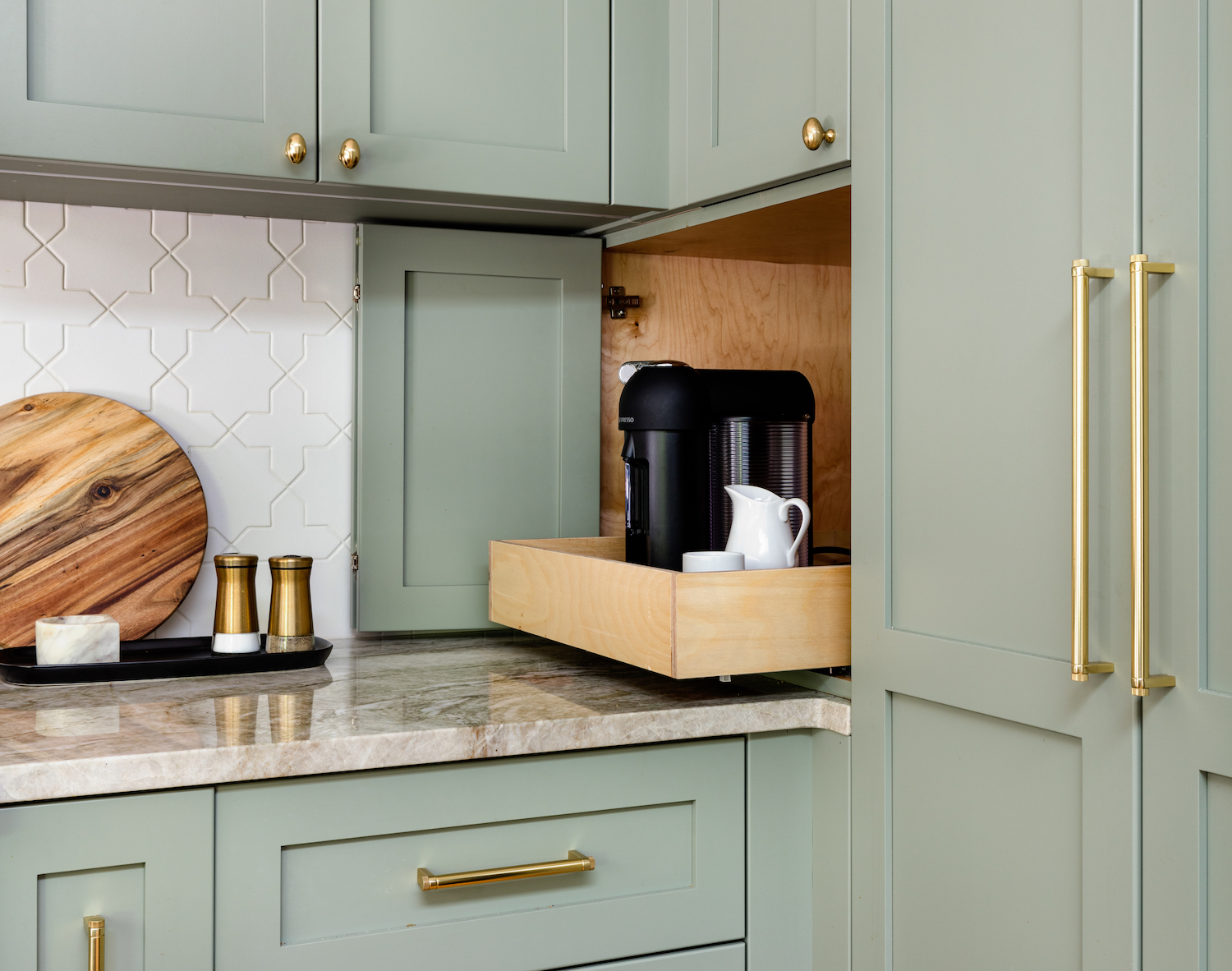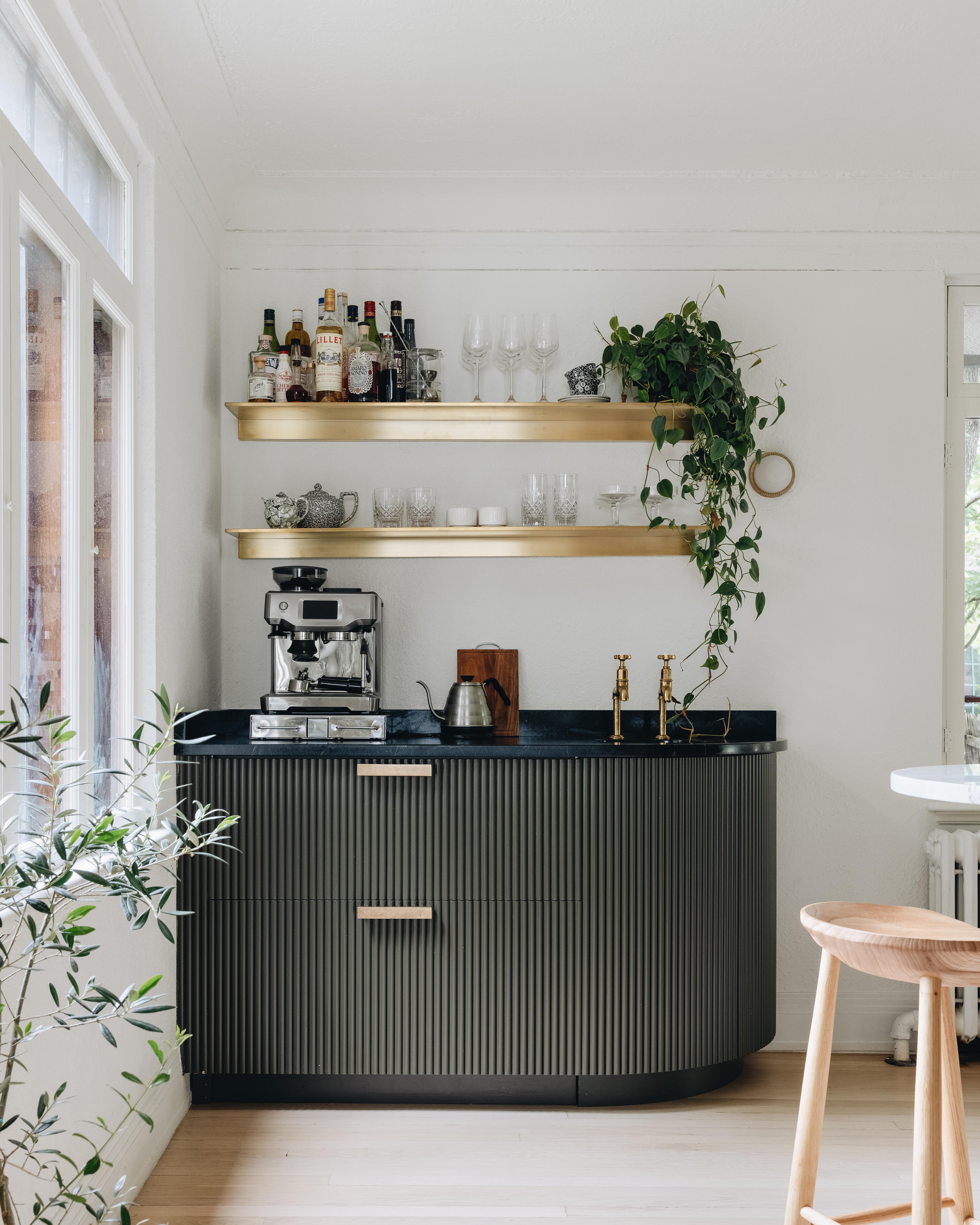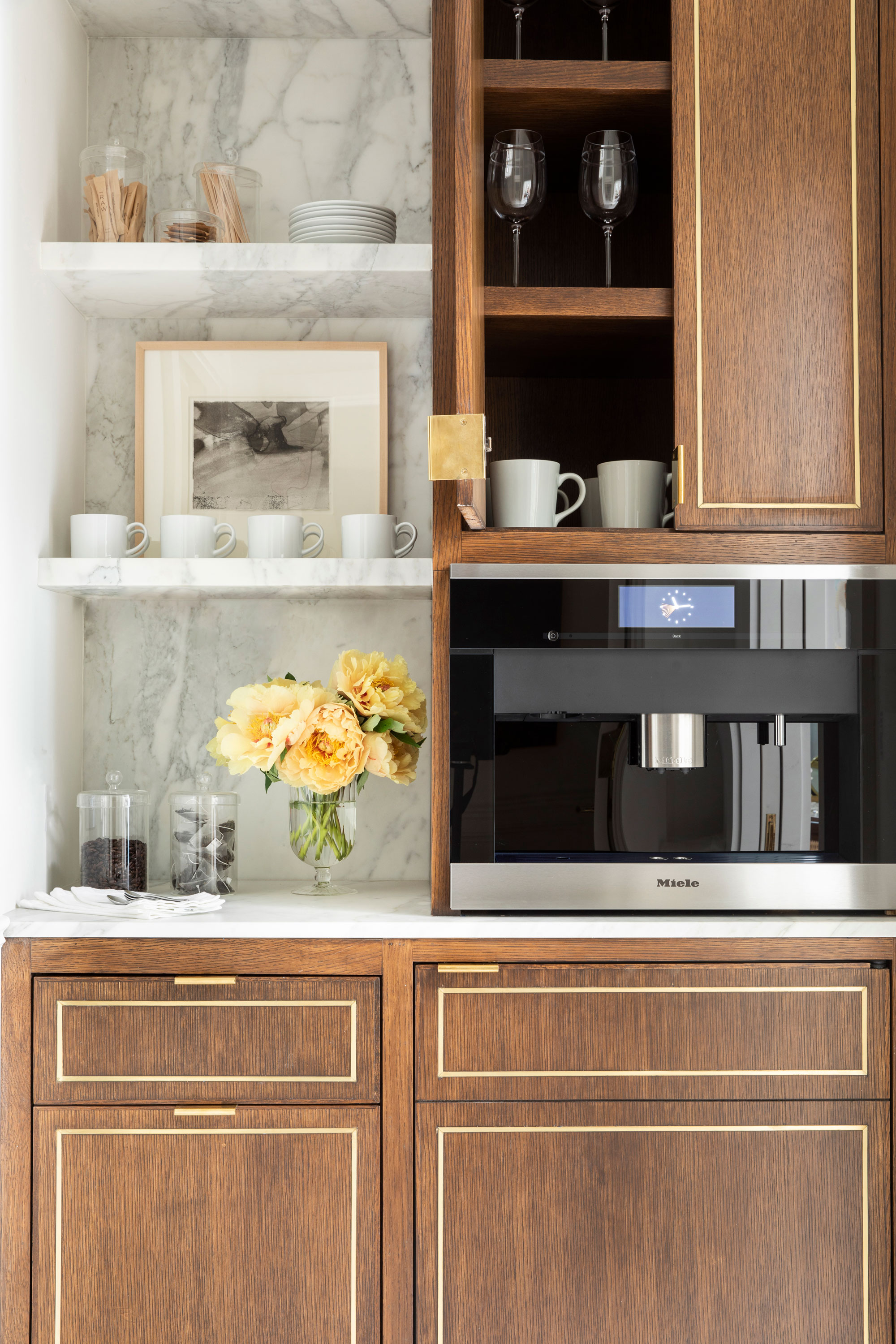How can I make my coffee machine better? 8 clever hacks that will improve your morning cup of joe
From dose settings to descaling, these expert tips will help you make the perfect cup of coffee every time...

There's nothing like the aroma of fresh coffee wafting through the kitchen to start the day on a good note. But how can you make sure the taste of your coffee machine cuppa is the best it can be?
There are a number of factors that can help even the best coffee makers work better, from how many beans you put in to how often you clean it.
'Experiment with various factors; the quantity of coffee beans used, the variety of coffee beans used, how finely the beans are ground, how firmly the ground coffee is tamped etc,' says Alice Snow, home economist at Smeg.
'Making coffee is a personal experience and no two cups are the same. Experimenting can create the perfect cup of coffee for you.'
How can I make my coffee machine better?
'When it comes to making a good cup of coffee, the things to consider include: the type of beans; storage; the grind; the water temperature; dosing and tamping; headroom; whether the machine uses a thermoblock or a boiler to heat the water; frothing versus steaming; and, lastly (but by no means least), the temperature of the cup,' says Debbie McIvor-Main of Dualit.
'If you can ensure that each of these elements is considered, then you'll become a barista in no time.'
Get the best-tasting espresso, cappuccino, or long coffee with our roundup of top tips on how to make your coffee machine better below. Pull up a pew at your coffee bar and enjoy.
The Livingetc newsletters are your inside source for what’s shaping interiors now - and what’s next. Discover trend forecasts, smart style ideas, and curated shopping inspiration that brings design to life. Subscribe today and stay ahead of the curve.

1. Proper storage of coffee beans
First and foremost, if you don't store your beans properly, it's going to affect the overall taste of the coffee. Yes, where to put a coffee machine isn't the only placement you need to consider.
'To create a great cup of coffee, the storage and preparation is as important as the brewing process itself,' says Debbie Main-McIvor.
'When coffee is exposed to air, the oxygen reacts with the compounds in the beans and gradually ruins the coffee quality, this results in a loss of aroma and taste.'
Alice adds: 'Always store open coffee in an airtight container to keep your beans fresh. This should then be kept somewhere cool, dark and with a low moisture content.'
2. Don't put too many coffee beans in and experiment with grind size
'We advise only using the quantity of beans you need at any time in your coffee machine,' says Alice. 'This ensures the freshest and best quality coffee in every cup.'
It's also a good idea to experiment with the grind size setting on the machine. You don't want to go too coarse or too fine as this can result in an unbalanced cup of coffee.
3. Use filtered water and refill water tank daily
Investing in a water filter is a key step in making your coffee machine better.
Why? 'Filtered water eliminates impurities, limescale build up and additional minerals, which can affect a coffee machine itself but also negatively impacts the end result of the coffee it produces,' says Alice.
'The tank should be emptied and re-filled with fresh water every day.'
4. Choose the right temperature setting and pre-heat cups
Coffee should be produced below boiling, to prevent burning the coffee, therefore cups should always be pre-heated.
Alice says: 'Coffee should be extracted in the region of 92°C – 96°C depending on the roast.' In general, lower temperatures are more suited to dark roasts.
5. Choose the right yield setting
The yield is simply the weight of the espresso that comes from the machine into your cup.
A brew ratio is the relationship between the amount of coffee that you put in (the dose) and the mass of the resulting beverage (the yield).
A good brew ratio to start with is 1:2 (coffee: water). So if you were using 20 grams of coffee you'd want the yield to be 40 grams.
Of course, you can experiment with this to suit your personal taste.
6. Choose the right dose setting
The dose refers to how much ground coffee the machine will use to brew your espresso.
'This will vary for each person and for different grind levels,' says Alice.
'On average, for a single espresso, ranging from 6-8g and for double espresso, approximately 14-16g coffee. These figures could be higher or lower based on various factors.'
7. Keep your coffee machine clean
Probably the most important factor when trying to make your coffee machine better is to ensure it's regularly cleaned.
Dirt and limescale buildup will inevitably affect performance and the taste of your coffee.
'Descale when indicated to keep the coffee machine running at optimum level and to achieve a delicious cup of coffee,' says Smeg's Alice Snow. 'Clean the basket after every use to ensure your coffee can pull through correctly.
'Empty and clean your drip tray after every use to keep things fresh. Empty and wash any grounds containers daily to ensure minimal build up in this area.
'Thoroughly wipe down the steam wand after every use and use a pin to clean inside of it, removing any residual milk.'
8. Descale your coffee machine
'Regular descaling is essential for maintaining the performance and longevity of your coffee machine, as well as the taste of your brew!' says Debbie McIvor-Main.
'While it is impossible to eliminate limescale forming in your coffee machine, there are a few things you can do to reduce the build-up and maintain your products for optimum performance and fresh tasting cups of coffee.'
She adds: 'Limescale can be treated with a mild acid, which is used in descaling solutions.
'As a general rule of thumb, we recommend you descale your coffee machine at least once per month, sometimes more or less depending on how hard the water in your area is. If you live in a hard water area, we would recommend you descale your appliance at least once a month or every 25 cycles.
'If you have soft water, we recommend you descale your appliance every 2 months or every 100 cycles.'
There are many descalers available on the market, but we always recommend a biodegradable, phosphate-free choice.

Ruth Doherty is a lifestyle journalist based in London. An experienced freelance digital writer and editor, she is known for covering everything from travel and interiors to fashion and beauty. She regularly contributes to Livingetc, Ideal Home and Homes & Gardens, as well as titles like Prima and Red. Outside of work, her biggest loves are endless cups of tea, almond croissants, shopping for clothes she doesn’t need, and booking holidays she does.